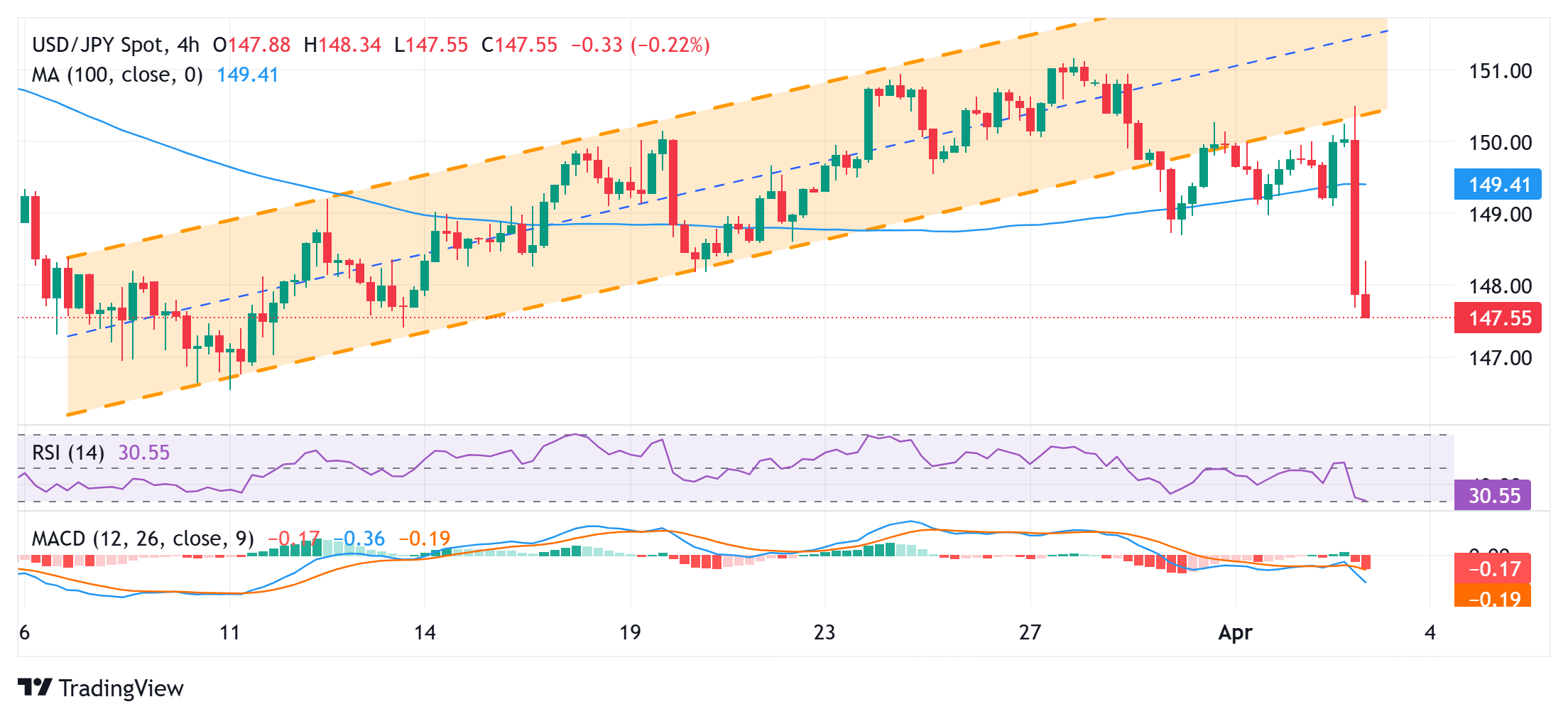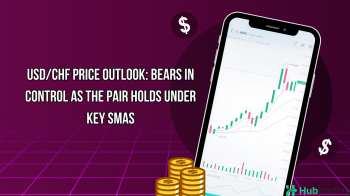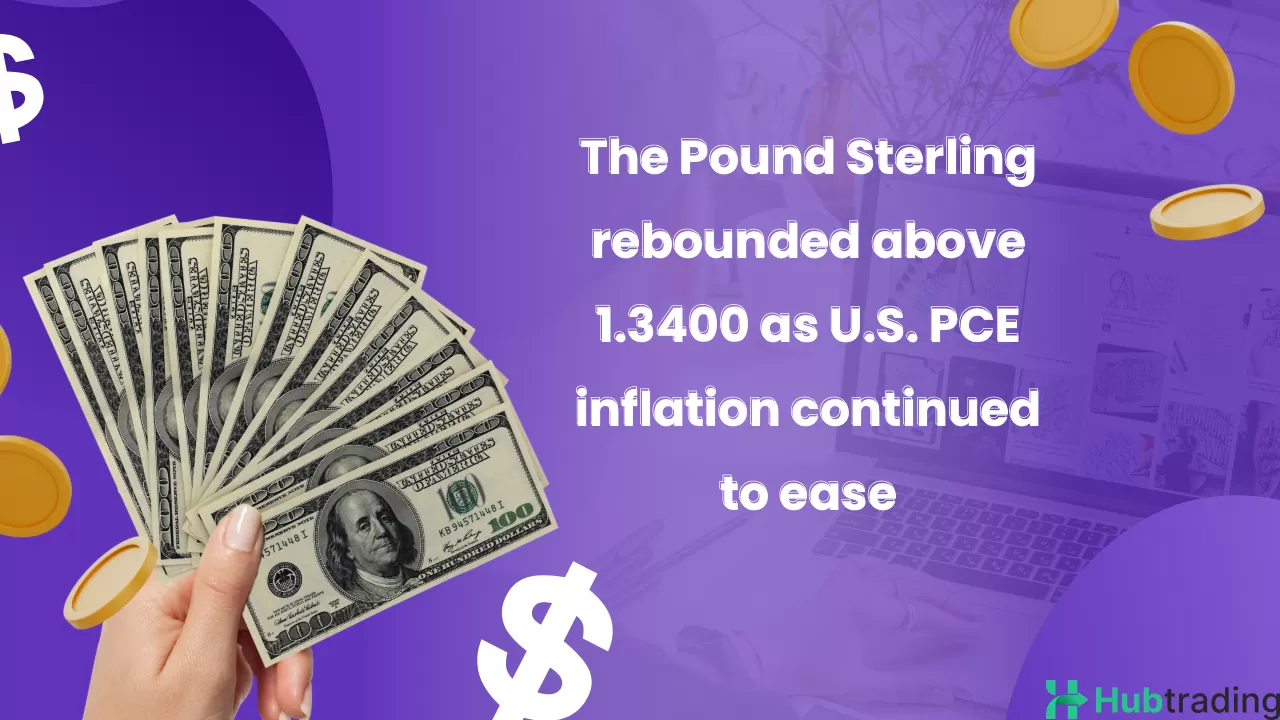-
The Japanese Yen strengthens broadly as Trump's tariff-driven trade tensions spark a global flight to safety.
-
A narrowing US-Japan rate differential prompts capital flows towards the lower-yielding JPY.
-
Diverging expectations between the BoJ and Fed fuel prospects for continued USD/JPY depreciation.
The Japanese Yen (JPY) maintains strong intraday gains through the early European session on Thursday, aided by broad US Dollar (USD) weakness, keeping the USD/JPY pair under pressure below the 147.00 level, a near four-week low. Concerns over US President Donald Trump’s reciprocal tariffs, which could significantly alter the global trading landscape and negatively impact the world economy, have sparked a decline in global risk sentiment. This, in turn, has driven demand for traditional safe-haven assets, including the JPY.
Meanwhile, market participants now expect the Bank of Japan (BoJ) to raise rates further due to rising inflation in Japan, contrasting with expectations that the Federal Reserve (Fed) will soon resume its rate-cutting cycle amid a tariff-induced US economic slowdown. The risk-off sentiment has also triggered a sharp drop in US Treasury bond yields, narrowing the rate differential between Japan and the US, thus contributing to the flow of funds toward the lower-yielding JPY.
Safe-Haven Japanese Yen Rises Amid Growing Global Risk Concerns
- The global risk sentiment deteriorated after Trump introduced a 10% tariff on all imports, heightening concerns about slowing global growth.
- Global stock markets plunged in response to the announcement, driving the JPY to a three-week high against the USD during the Asian session on Thursday.
- Japan’s Prime Minister, Shigeru Ishiba, stated that he would directly approach President Trump if necessary, urging the US to reconsider its tariff measures.
- The risk-off environment also led to a sharp drop in government bond yields globally, with the 10-year US Treasury yield falling to a fresh YTD low around 4.0%.
- Market participants are now betting that the Fed will start cutting rates in June and reduce borrowing costs by 75 basis points by the end of the year. This has overshadowed Wednesday’s positive US ADP report, which showed private-sector job growth of 155K in March, surpassing expectations.
- Concerns about the impact of Trump’s tariffs on Japan’s economy have led investors to scale back their expectations for a faster pace of BoJ rate hikes.
- However, strong consumer inflation data from Tokyo released last Friday continues to support the potential for further BoJ rate hikes, which underpins the JPY.
USD/JPY Technical Outlook: Bears Eye Multi-Month Low

From a technical perspective, the USD/JPY pair has slumped below the 100-period Simple Moving Average (SMA) on the 4-hour chart, following a breakdown from a multi-week-old ascending channel. Bearish oscillators on the daily chart suggest that further near-term depreciation of the pair is likely. A slide below the 147.00 level could set the stage for a decline toward the 146.55-146.50 region, the multi-month low touched in March.
On the other hand, any potential recovery might face resistance near the 148.00 level. A sustained move above this level could trigger a short-covering rally toward the 148.65-148.70 region. However, further upward movement is expected to encounter fresh selling near the 149.00 level, potentially capping the pair around the 149.35-149.40 zone, coinciding with the 100-period SMA on the 4-hour chart. A move above this resistance could negate the negative outlook and pave the way for further gains.





